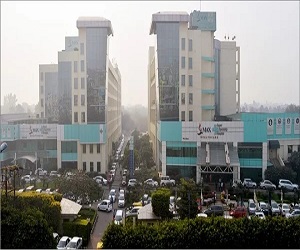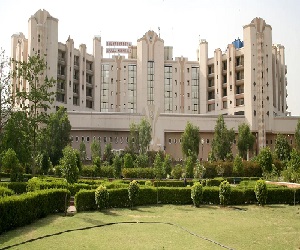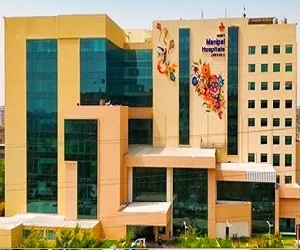Shoulder replacement surgery involves the removal of damaged bone areas, which are then replaced with metal or plastic components. The shoulder features a ball-and-socket joint, connecting the upper arm to the body. The upper arm bone has a round head (ball) that fits into a shoulder socket. When the shoulder joint is damaged, it can lead to significant pain and difficulty in shoulder movement. In such cases, your doctor may recommend either full or partial replacement of the shoulder joint.
Benefits of Shoulder Replacement Surgery
Before the surgery, you need to know the benefits of shoulder replacement surgery:
- The surgery restores normal motion, strength, and function of the shoulder.
- The surgery helps treat severe shoulder injury; once again, you can start moving the shoulder.
- Shoulder replacement surgery helps you get rid of extreme shoulder pain.
So, you get an idea of the benefits, and it helps you get the right treatment.
Who needs this Surgery?
Shoulder replacement surgery is highly effective in treating osteoarthritis patients. It also offers relief to individuals with inflammatory arthritis. Moreover, those with shoulder fractures often require surgery for optimal recovery.
How is the surgery done?
Here are the steps showing the detailed shoulder replacement procedure:
- Initially, the doctor assesses the patient’s blood pressure and heart rate to ensure a safe procedure without complications.
- The patient typically receives general anesthesia for shoulder replacement surgery. In some cases, regional anesthesia may be administered to block specific areas and minimize sensations of pain.
- During shoulder replacement surgery, the doctors make an incision of up to 6 inches at the front of the shoulder. They then create a curve in the deltoid muscle. Progressing deep through the tissues, the surgeon gains access to the shoulder joint.
- The surgeon then dislocates the humeral head from the glenoid. Prior to proceeding with the procedure, the surgeon carefully evaluates the condition of the humeral head.
- Typically, a surgeon employs a bone saw to excise the humeral head. The damaged portion is then replaced with metal, serving as a prosthetic ball.
Shoulder replacement surgery is generally straightforward, and patients typically stay in the hospital for 2-3 days. Before the surgery, your doctor may recommend a chest X-ray and an EKG (electrocardiogram) to assess your heart’s condition. Initially, your doctor may prescribe medications to alleviate pain and enhance post-surgery outcomes.
Recovery and Post-Operative Care
After the surgery, you can typically return to work within 2-3 weeks. Here are a few tips to facilitate a speedy recovery:
- Avoid frequent movement of arms, as it will create unwanted pressure on your shoulder.
- You need to limit lifting heavy weights for at least for first 2 weeks.
- A physical therapist will instruct you to practice exercises that normalize arm movement.
Thus, you will easily recover after the surgery.
Risks and Complications
Here’s an overview of the potential risks and complications you might encounter post-surgery:
- The humerus bone or the glenoid may break during the surgery, which causes extreme pain.
- Nerves in the surrounding area may get damaged, which causes numbness and pain.
- You may get an infection at the incision site, and your doctor will prescribe medicines to treat the infection.
- Blood clots have the potential to develop in the veins of the arm post-surgery. Physicians may recommend blood-thinning medications to mitigate clot formation.
Shoulder Replacement Surgery cost in India are as follow
| Treatment | Cost in USD | Stay in Hospital |
| Shoulder Replacement Surgery | 6400-6900 | 2-3 Days |
| Trigger Point Injection (TPI) | 110-140 | 0 Days |
| Rotator Cuff Tear Surgery | 2700-3300 | 1-2 Days |














